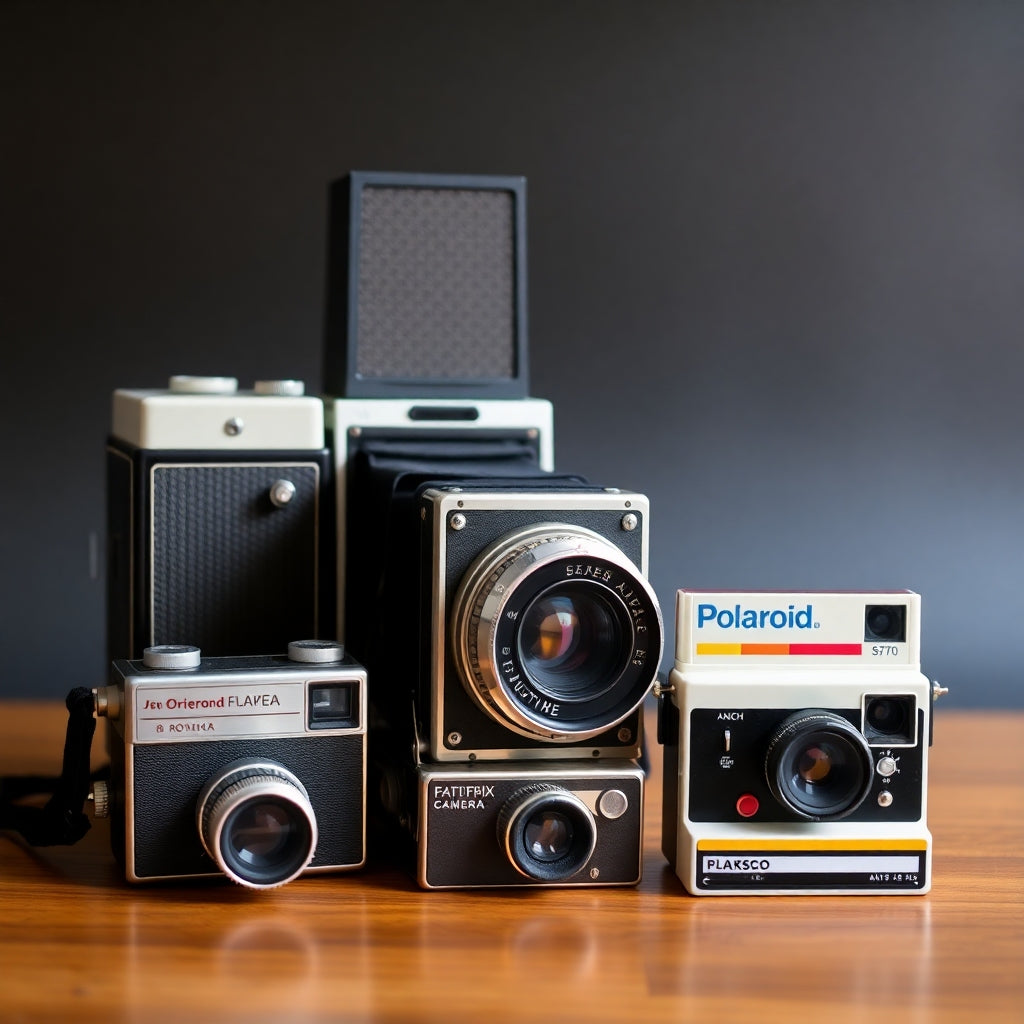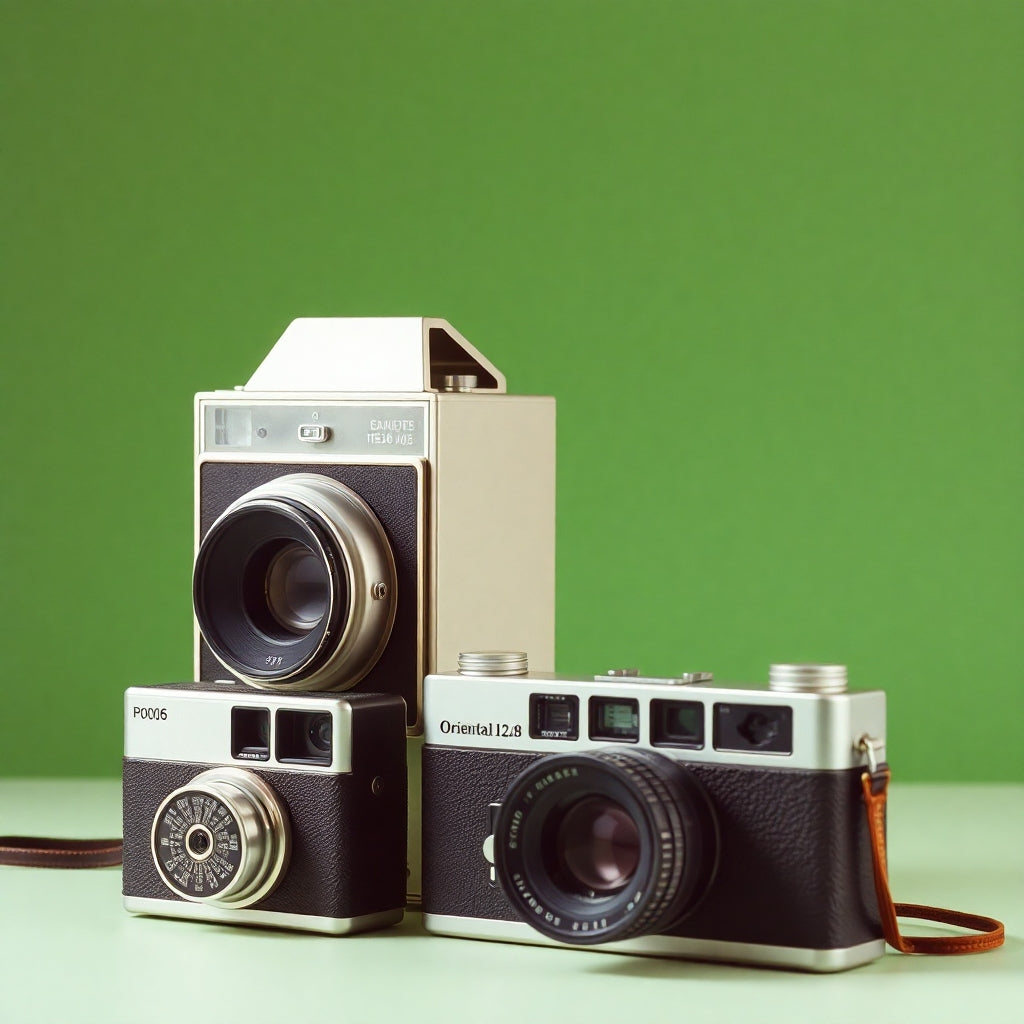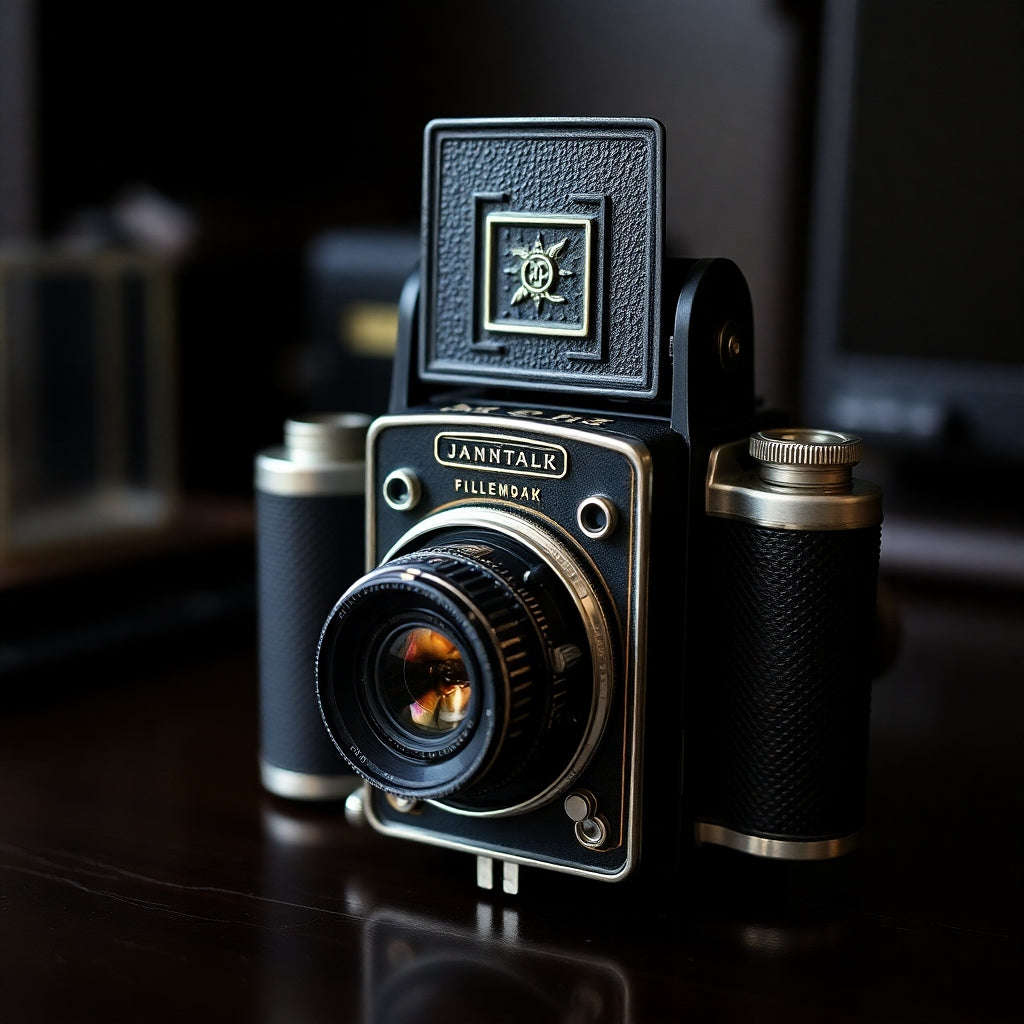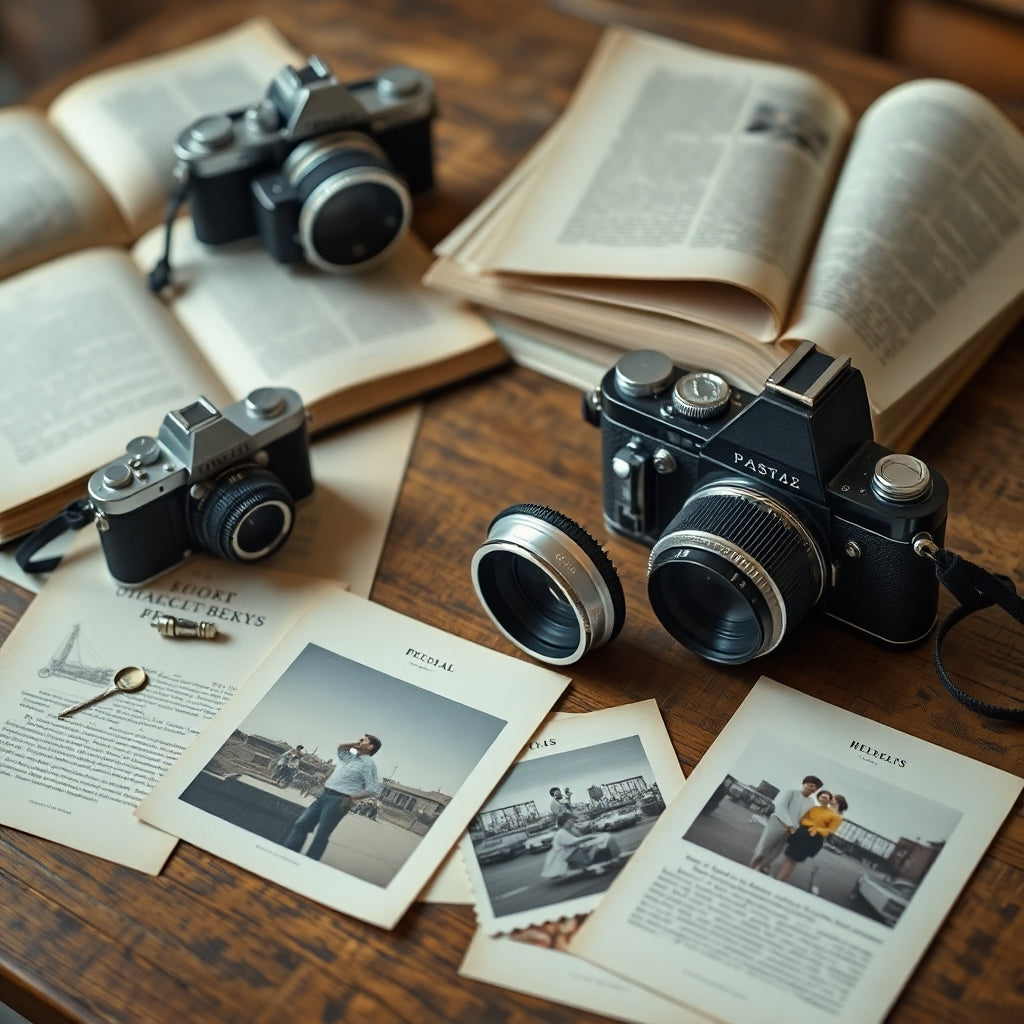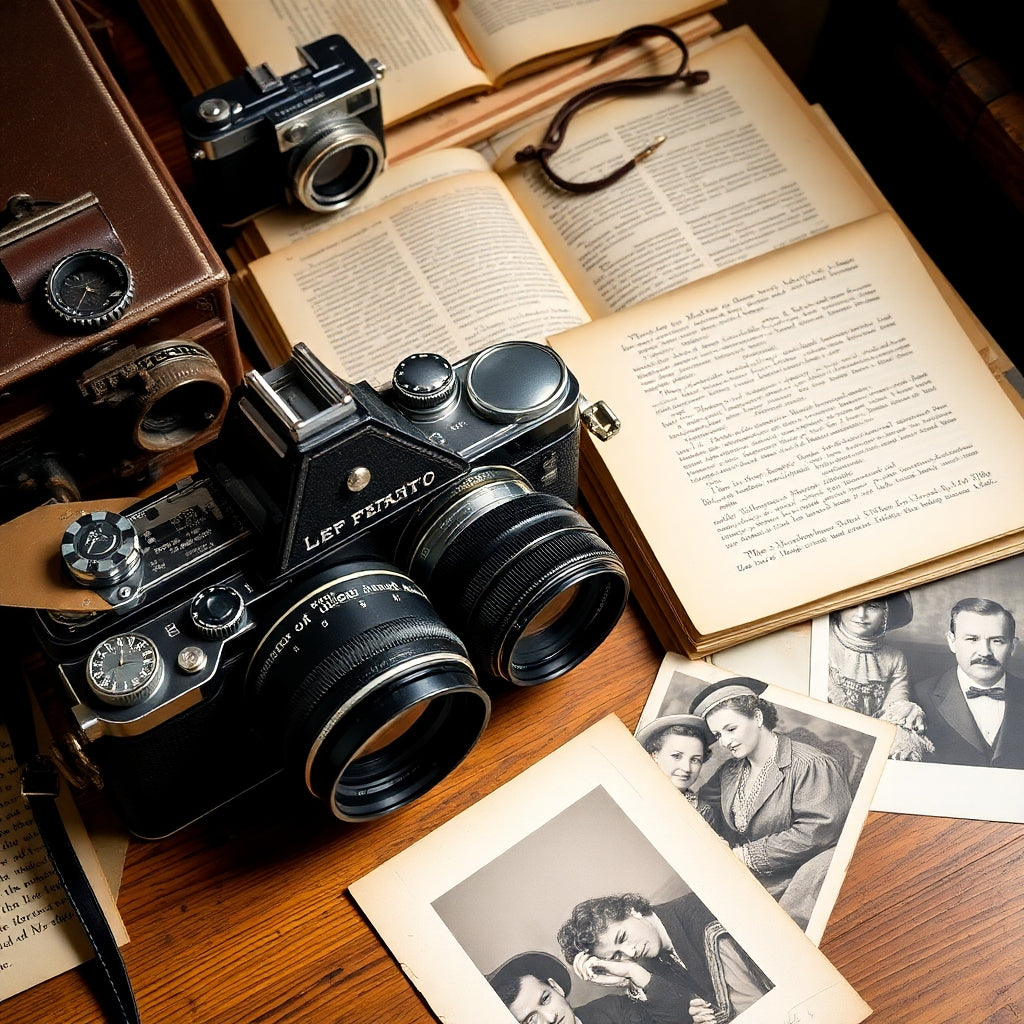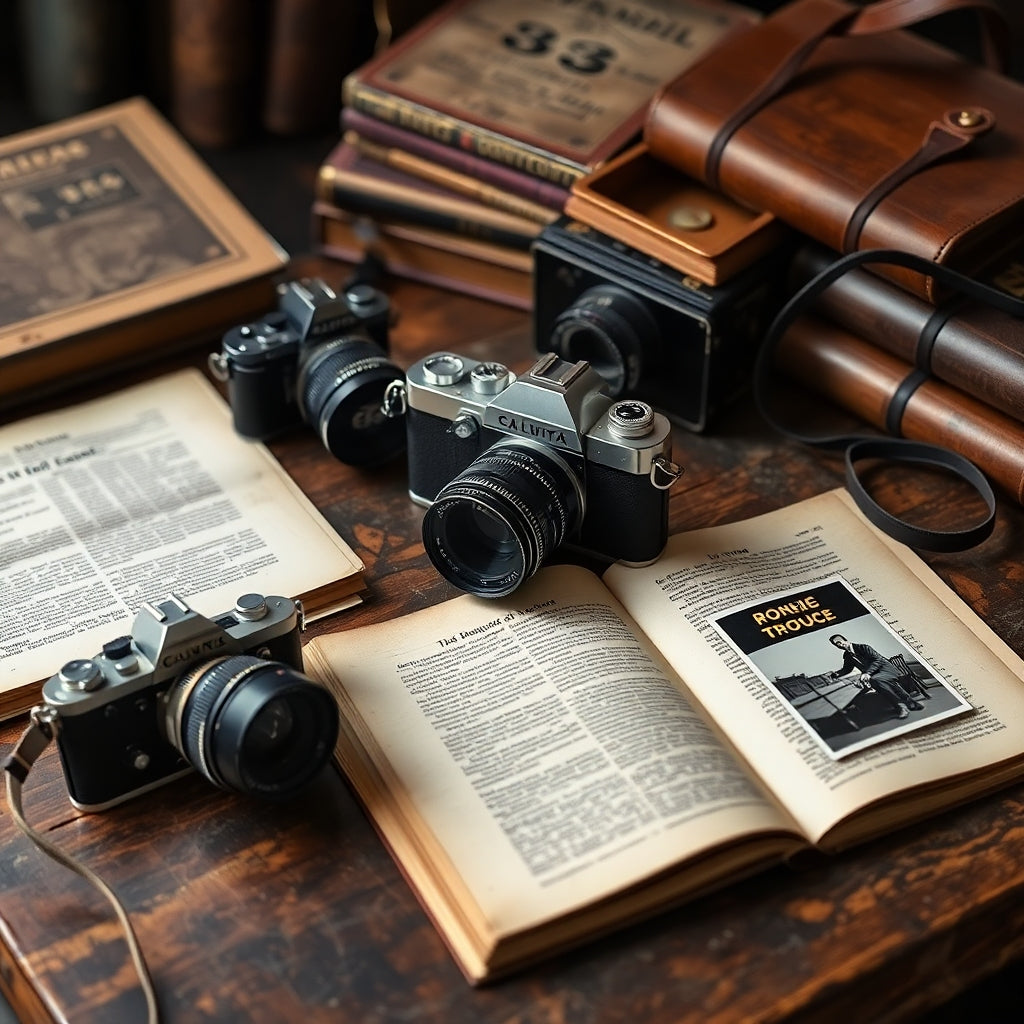
Capturing Time Through Lenses
Cameras have forever changed the way we see the world. By freezing moments in time, they allow us to preserve memories, tell stories, and document history. From the first experimental devices to today’s advanced digital systems, cameras have evolved dramatically, mirroring humanity’s relentless pursuit of innovation and creativity.
The Origins: The Birth of Photography
The journey of cameras began with the invention of the camera obscura, a Latin term meaning "dark chamber." As early as the 4th century BCE, philosophers like Aristotle described this optical device, which projected an image of the outside world onto a flat surface through a small hole. While the camera obscura didn’t capture images, it laid the groundwork for modern photography.
The breakthrough came in 1826 when Joseph Nicéphore Niépce, a French inventor, produced the world’s first photograph. Using a technique called heliography, Niépce captured an image of the view outside his window on a bitumen-coated plate. This photograph required an 8-hour exposure, a testament to the challenges faced by early innovators.
In 1839, Louis Daguerre introduced the daguerreotype, the first commercially viable photographic process. These silver-plated images were detailed and lifelike, making photography an art form accessible to more people.
Innovation and Evolution
1. Box Cameras (1888):
The Kodak No. 1, introduced by George Eastman, revolutionised photography with its roll film and simplicity. Eastman’s slogan, "You press the button, we do the rest," made photography accessible to the masses.
- Key Feature: Preloaded roll film for 100 exposures.
- Impact: Enabled amateur photography.
2. Folding Cameras (1900s):
Compact and portable, folding cameras featured bellows that allowed users to adjust focus. These cameras were popular for outdoor photography.
- Key Feature: Adjustable lens for improved focus.
3. Twin-Lens Reflex (TLR) Cameras (1920s):
TLR cameras featured two lenses: one for viewing and one for capturing the image. They offered exceptional image quality and were widely used for portraits and street photography.
- Famous Models: Rolleiflex series.
4. 35mm Film Cameras (1930s):
The introduction of 35mm film revolutionized cameras, making them smaller, lighter, and more versatile. Brands like Leica popularized compact, high-quality cameras that became favorites among professionals and hobbyists alike.
- Key Feature: Compact design with interchangeable lenses.
5. Instant Cameras (1948):
Polaroid cameras brought instant gratification to photography. These self-developing cameras allowed users to hold a physical print within minutes.
- Key Feature: Instant printing technology.
- Impact: Popular for family events and casual photography.
6. SLR and DSLR Cameras (1950s-Present):
Single-lens reflex (SLR) cameras introduced precision focusing through mirrors, while digital single-lens reflex (DSLR) cameras combined SLR mechanics with digital sensors. These innovations catered to professionals seeking unparalleled control and quality.
- Famous Models: Nikon F, Canon EOS series.
7. Mirrorless Cameras (2010s-Present):
Mirrorless cameras removed the bulky mirror mechanism of DSLRs, offering lighter, faster alternatives with comparable quality. They became especially popular for travel and videography.
- Famous Models: Sony Alpha series, Fujifilm X series.
8. Smartphone Cameras (2007-Present):
With the launch of the iPhone, smartphones turned everyone into a photographer. AI-powered features, multiple lenses, and advanced image processing have made them indispensable tools for capturing daily life.
- Impact: Photography became universally accessible.
Uses of Cameras: Beyond Memories
Cameras are versatile tools that serve multiple purposes:
- Historical Documentation: From wars to social movements, cameras have captured moments that shaped history.
- Artistic Expression: Photography became a celebrated art form, blending creativity with technology.
- Science and Exploration: Cameras have enabled groundbreaking discoveries, from microscopic imaging to capturing distant galaxies.
- Personal Memories: Cameras preserve milestones, telling personal stories through visuals.
Interesting Facts About Cameras
First Photo of a Person: The first photo to include a person was accidentally taken in 1838 by Louis Daguerre. It showed a man having his shoes shined on a Paris street.
The First Digital Camera: Invented in 1975 by Kodak, the first digital camera captured black-and-white images at a resolution of 0.01 megapixels.
World’s Most Expensive Camera: A Leica 0-series camera sold at auction for $2.96 million in 2012.
Why Cameras Matter Today
Cameras remain one of humanity’s most powerful tools for storytelling. From capturing personal memories to documenting world events, they allow us to share perspectives, preserve moments, and explore the beauty of life.
Discover the fascinating evolution of cameras and explore our collection of vintage devices that capture the essence of time itself.

